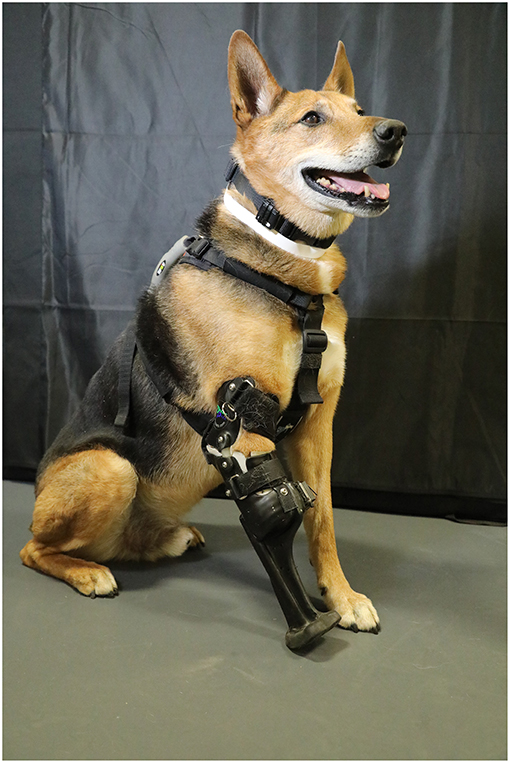Amputation and Limb Sparing Surgery

BEFORE AMPUTATION SURGERY
Prior to an amputation, your pet will be evaluated to identify any co-factors that may influence their recovery from surgery. Other orthopaedic problems, neurologic conditions, or conditions that limit mobility can influence recovery speed or ease but don’t always disqualify pets from being an amputation candidate. Obese patients will benefit from weight loss if feasible prior to surgery. Pets with additional mobility issues or obesity may require post-operative walking assistance or physical therapy.
A common misconception is that giant breed dogs are not amputation candidates. Amputations in giant breed dogs are frequently performed with proper pre-operative screening and can have excellent outcomes with proper post-operative rehabilitation.
WHAT TO EXPECT THE DAY OF SURGERY
Prior to surgery, your pet will undergo pre-operative tests to ensure a safe protocol for general anesthesia. At surgery, they’ll receive a haircut that includes shaving a large area around the limb to be removed. After limb removal,your pet will to be hospitalize and intravenous medications are administered to alleviate pain. In some cases, the limb will be submitted to a lab for evaluation if there is suspicion of cancer or infection.
Over the next few days, pain medications are transitioned to oral administration in preparation for your pet to be discharged from the hospital. Patients are discharged with instructions for activity restriction, incisional monitoring, medication administration, and how to assist with mobility.
DURING RECOVERY FROM AMPUTATION SURGERY
Typical post-operative recovery from an amputation is approximately two weeks until the site is healed. Dogs and cats carry slightly more weight on the forelimbs than the hindlimbs, so recovery from a hindlimb amputation may not require as much assistance during recovery. Complications or mobility issues may prolong recovery. Infrequent complications may include those related to anaesthesia, incisional irritation or infection, bleeding, or fluid build-up at surgical site.
Long-term, patient quality of life is great following an amputation. Most amputees have no long-term limitations or pain. Additional rehabilitation therapy can be helpful in the transition phase after surgery to strength other limb muscles. Amputees frequently run, jog with their owners, swim, and jump on and off the couch with ease. Future injuries to remaining limbs can be more difficult to recover from, however, most pets are quite resilient.

ALTERNATIVES TO AMPUTATION
Limb-sparing surgery is an umbrella term to include surgical modifications to keep a diseased limb functional. Limb-sparing surgery are surgical techniques that replace bones in a limb that are removed at surgery. This is most performed due to cancer in an isolated bone. In cases of cancer on a limb, radiation therapy may be discussed to help with discomfort if an amputation is not feasible.
Limb-sparing surgery is dependent on individual needs and extensive pre-operative planning. In many cases of limb cancer, amputation is still recommended over a limb-spare surgery due to potential complications and recovery time. Also, additional therapy in cancer patients may be delayed if complications arise which are more frequent compared to a full-limb amputation.



